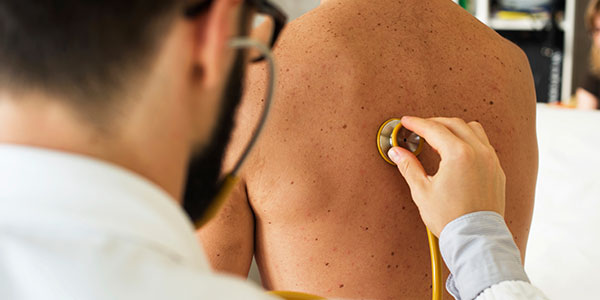COPD, chronic obstructive pulmonary disease, affects millions of Americans. It’s the third leading cause of death in the United States, yet it’s also highly treatable and preventable.
In the Sutter Health network, pulmonary specialists have deep expertise in treating acute and chronic lung conditions, including asthma, bronchiolitis, emphysema and pneumonia. We also offer treatment for interstitial lung disease, advanced COPD, pulmonary nodules and pulmonary hypertension. We provide comprehensive pulmonary care from diagnosis and treatment to pulmonary rehabilitation.

If you are experiencing symptoms such as chronic cough, shortness of breath, wheezing and recurrent infections, we provide a full suite of tests and imaging technologies to make an accurate diagnosis. Many Sutter labs also provide special equipment for infant and pediatric pulmonary function tests to diagnose our tiniest patients.
Interventional pulmonologists offer the latest in treatment options and therapies, and they collaborate with specialists in other areas – including radiology and oncology – to create a customized treatment plan that best meets your health needs.
We also offer many educational classes and support groups, from smoking cessation programs to stress management classes, that can complement your treatment plan and help you improve your health.
















